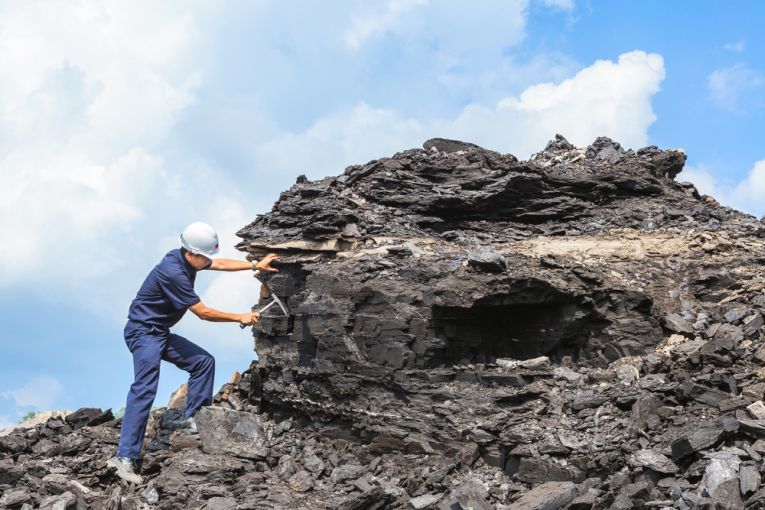Despite China’s remarkable cut-back, the Australian and US exports of coal are creating a growth of fossil fuel use in the world instead of the required decline. There are also sceptics or deniers or whatever you want to call them out there who are dedicated to their own opinions on climate change. The combination of congenital idiots and cheap availability of fossils would be enough, but governments are still subsidising the use of the fuels they are committed to phasing out.
We’ve all heard of the tail wagging the dog. This situation has coal determining the future of our atmosphere instead of the knowledge we have of its consequences. The frightening figures appear after the dismal pace of Lima’s COP20 and probably the last chance salon, Paris 2015. We deserve them in reality because we are incapable of governing the earth in any sane way. Instead of dropping emissions to zero by 2050, the 9 billion tonnes we are predicted to use in 2019 will show a 25% rise from 2010.
Maria van der Hoeven is the Executive Director of the IEA. She has recently berated the European President on his poor energetics
Her take on this terrible development in coal is to seek more mitigation in the form of CCS. Although the contribution that coal makes to energy security and access to energy is undeniable, I must emphasise once again that coal use in its current form is simply unsustainable. For this to change, we need to radically accelerate deployment of carbon capture and sequestration (CCS). Unfortunately, as we have often noted, nobody has got this technology to work in reality. Full scale capture at every coal powered plant is so far as impossible as the complete takeover of electricity generation by renewable energy.
Even though places such as Europe have raised their renewables’ proportion of energy consumption to 14.1% in 2012 (a possible doubling over a decade), gas, oil coal and even wood-burning are negating any effect. China has achieved even more from the contribution of renewable energies (22.3% in 2013) and is helping other emerging economies to mirror her efforts.
People will find it hard to understand the position of China in the coal industry, where it will have 60% of the increase in coal burning by 2019, India (using cheap Australian coal) and SE Asia are following that pattern instead of the globally-agreed cut-back! IEA have estimated coal demand is growing at 2.1% every year over the foreseeable future. This is less than previous years, but nowhere near any agreed limitations.
We all know that money rules, but those exporting this coal are hardly helping their own nationals by ensuring the fossils are burnt elsewhere.
Coal has to be banned, so why are we waiting to stop 70% of all power plant carbon emissions? Emissions performance standards may be established but that is not helpful if we are getting rid of the black stuff (and its even dirtier cousin, the brown lignite, from, for example, the Polish opencast mines.)
Back in Europe we have the subsidies for renewable technologies. But the crazy situation is that many countries are still subsidising fossil fuels, to the incredible amount of $80 billion over 10 of the major nations there. Apparently, it is not only in Lima that our politicians are failing. They have not even worked out their policy to support either fossils or renewables. No wonder the banks that produce the finance are worried. Nobody knows what is going to follow the Lima Call – except you and I, OFC !










